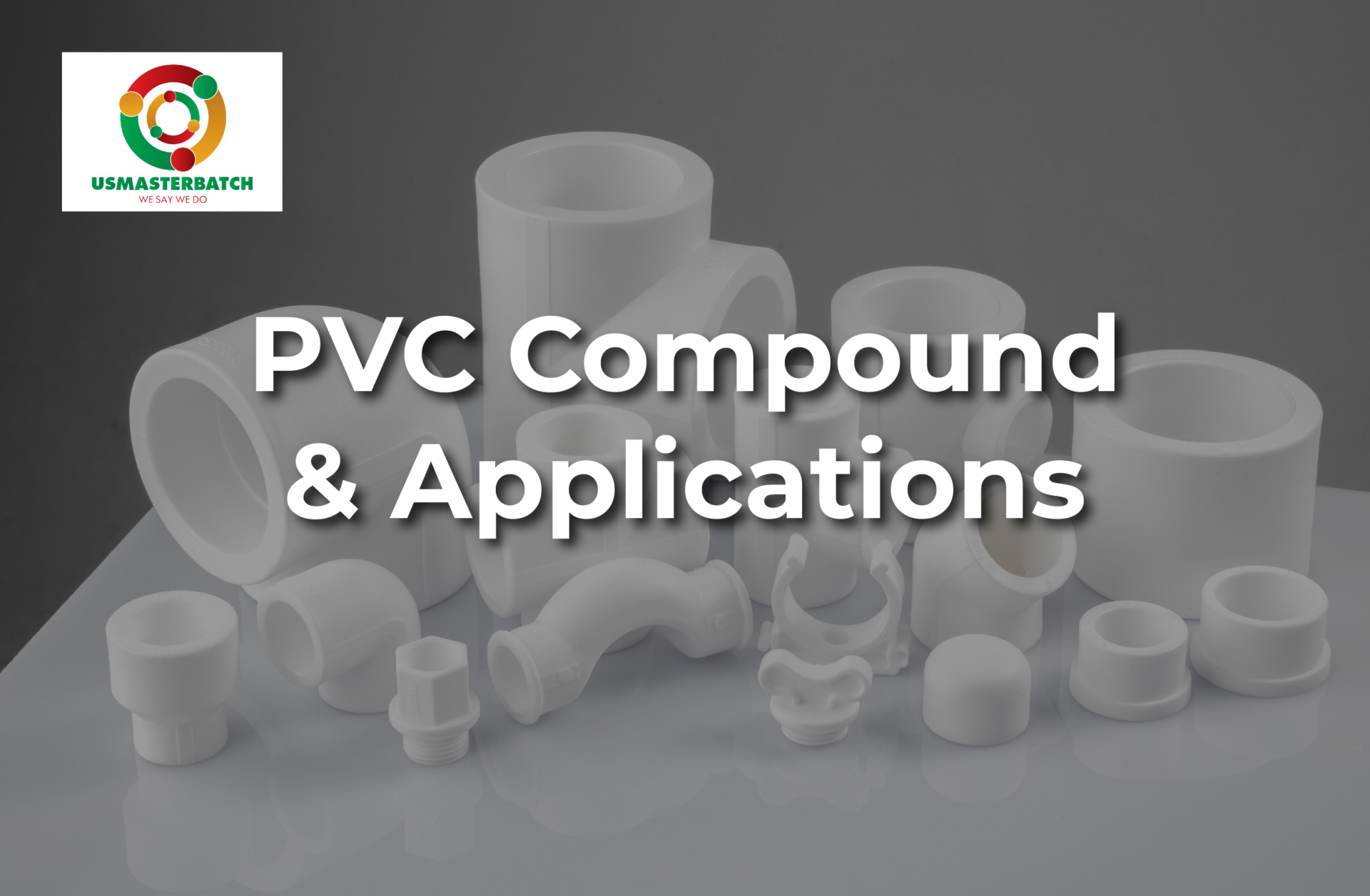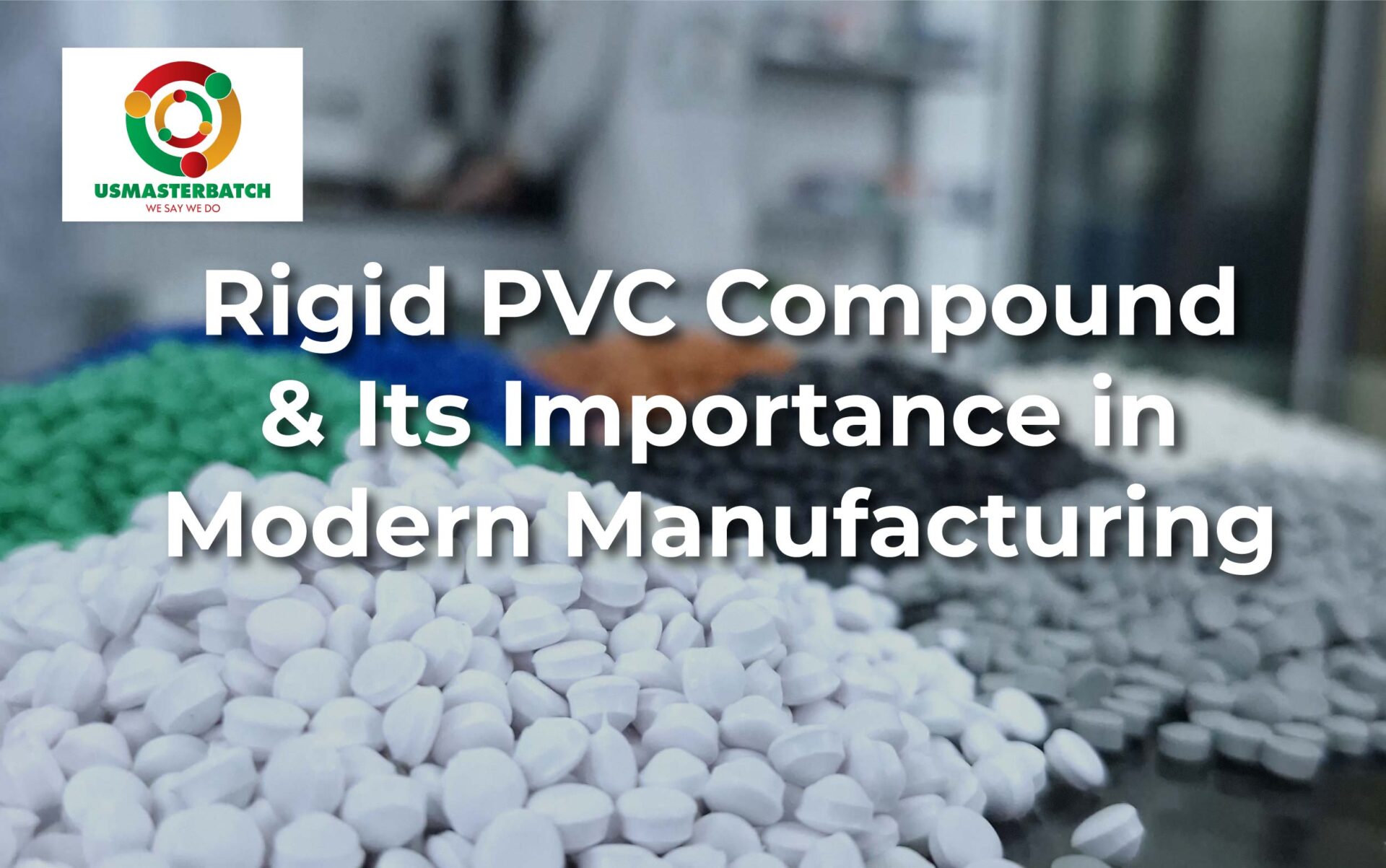Quality Control in PVC Compound Manufacturing
Quality control measures in PVC compound production encompass rigorous testing, adherence to established standards, and obtaining certifications to guarantee product excellence. This article delves into the intricacies of quality control in PVC compound production, focusing on testing methodologies, industry standards, and certification processes.
PVC Testing Methods
- Physical Properties Testing: Physical properties testing involves assessing the characteristics of PVC compounds such as tensile strength, elongation at break, density, hardness, and impact resistance. These tests determine the material’s mechanical performance and suitability for specific applications. ASTM D638 and ISO 527 are commonly employed standards for tensile testing of plastics.
- Thermal Properties Testing: Thermal properties testing evaluates the behavior of PVC compounds under different temperature conditions. Tests like heat deflection temperature (HDT), Vicat softening temperature, and coefficient of linear thermal expansion provide insights into the material’s thermal stability and dimensional stability.
- Chemical Resistance Testing: PVC compounds encounter various chemicals in their applications, necessitating assessment of their resistance to chemical exposure. Chemical resistance testing determines the material’s reaction to acids, bases, solvents, and other chemicals, ensuring its suitability for intended environments.
- Flammability Testing: Flammability testing assesses the fire resistance of PVC compounds to prevent fire hazards in applications such as building materials and electrical wiring. Standards like UL 94 and ASTM D635 outline procedures for evaluating the flammability and flame-retardant properties of plastics.
- Electrical Properties Testing: PVC compounds are extensively used in electrical insulation due to their dielectric properties. Electrical properties testing includes tests for volume resistivity, dielectric strength, and tracking resistance to ensure the material’s electrical performance and safety.
- Environmental Testing: Environmental testing examines the long-term performance of PVC compounds when exposed to outdoor conditions, UV radiation, moisture, and other environmental factors. These tests simulate real-world conditions to assess the material’s durability and resistance to degradation over time.

PVC Standards
- ASTM Standards: The American Society for Testing and Materials (ASTM) develops and publishes international standards for materials, products, systems, and services. ASTM standards relevant to PVC compound production include ASTM D1784 for PVC resin specification, ASTM D2240 for hardness testing, ASTM D570 for water absorption, and ASTM D792 for density testing.
- ISO Standards: The International Organization for Standardization (ISO) establishes global standards to ensure the quality, safety, and efficiency of products and services. ISO standards applicable to PVC compound production encompass ISO 1169 for classification of PVC compounds, ISO 4589 for flammability testing, and ISO 1133 for melt flow rate determination.
- IEC Standards: The International Electrotechnical Commission (IEC) develops standards for electrical and electronic technologies, including PVC compounds used in electrical applications. IEC standards such as IEC 60227 for PVC-insulated cables and IEC 60502 for power cables specify requirements for PVC compound formulations and performance characteristics.
- UL Standards: Underwriters Laboratories (UL) is a global safety certification organization that publishes standards for product safety and performance. UL standards related to PVC compound production include UL 62 for flexible cords and cables, UL 94 for flammability testing, and UL 746 for polymeric materials used in electrical equipment.
PVC Certification
- ISO 9001 Certification: ISO 9001 is a quality management system standard that certifies organizations for their adherence to quality management principles and continuous improvement. PVC compound manufacturers can obtain ISO 9001 certification to demonstrate their commitment to delivering high-quality products and services.
- ISO 14001 Certification: ISO 14001 is an environmental management system standard that certifies organizations for their effective management of environmental responsibilities. PVC compound manufacturers can pursue ISO 14001 certification to mitigate environmental impacts associated with their production processes and enhance sustainability.
- UL Certification: UL offers product certification services to verify compliance with safety and performance standards. PVC compound manufacturers can seek UL certification for their products to assure customers of their adherence to safety requirements and compatibility with specific applications, such as electrical insulation or building materials.
- REACH Compliance: Registration, Evaluation, Authorisation and Restriction of Chemicals (REACH) is a regulation in the European Union that addresses the production and use of chemical substances. PVC compound manufacturers exporting to the EU market must comply with REACH regulations by registering substances, assessing risks, and implementing appropriate risk management measures.
Conclusion
Quality control in PVC compound production is imperative to ensure the reliability, safety, and performance of the material across various applications. Through comprehensive testing methodologies, adherence to established standards, and attainment of relevant certifications, PVC compound manufacturers can uphold product quality standards and meet the evolving needs of industries worldwide. By prioritizing quality control measures, stakeholders can foster trust among customers, drive innovation, and contribute to the sustainable advancement of PVC compound technologies.
Contact for support!
Phone/Whatsapp: +84 984 778 391
Email: neil@usmasterbatch.com












